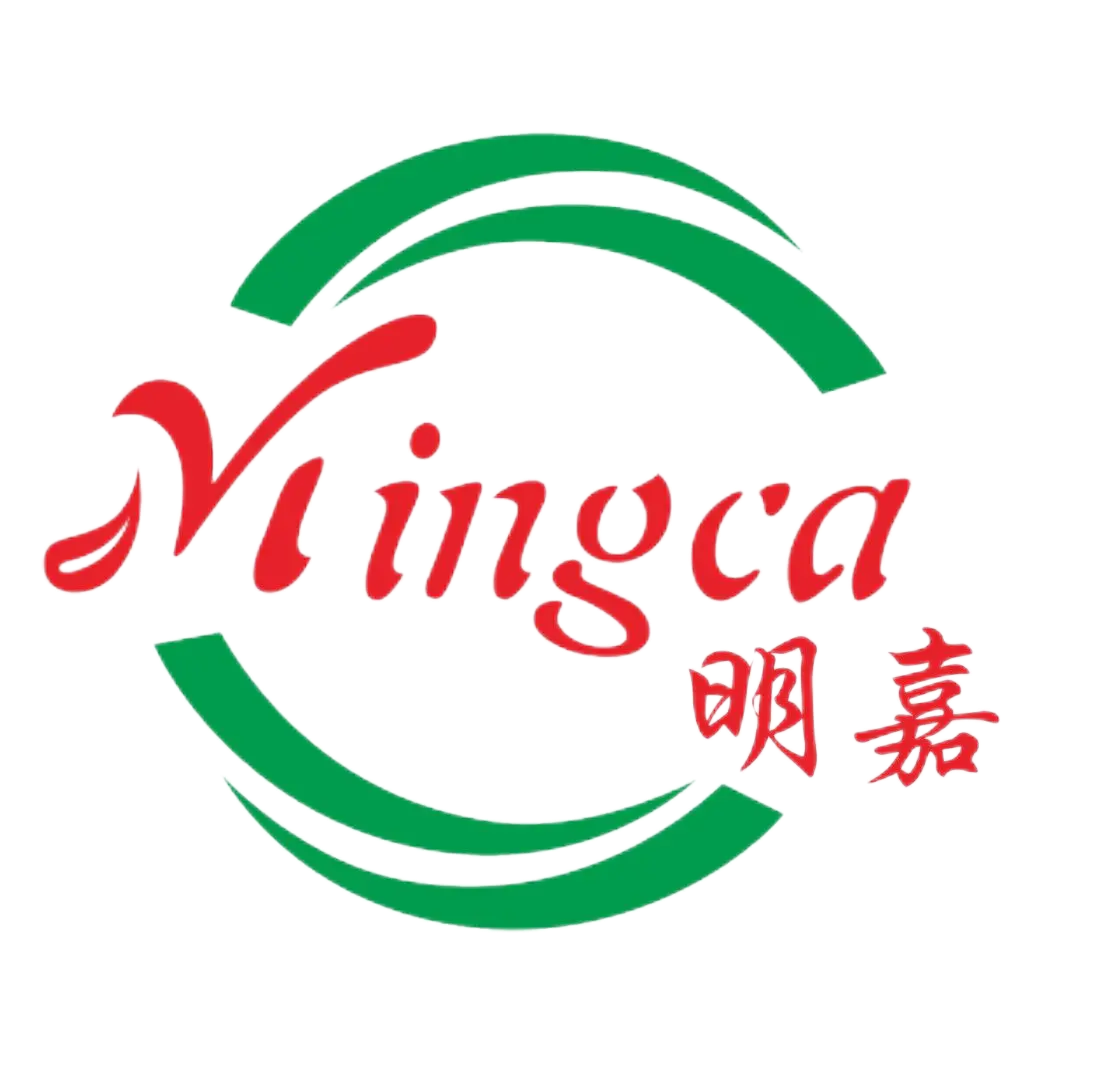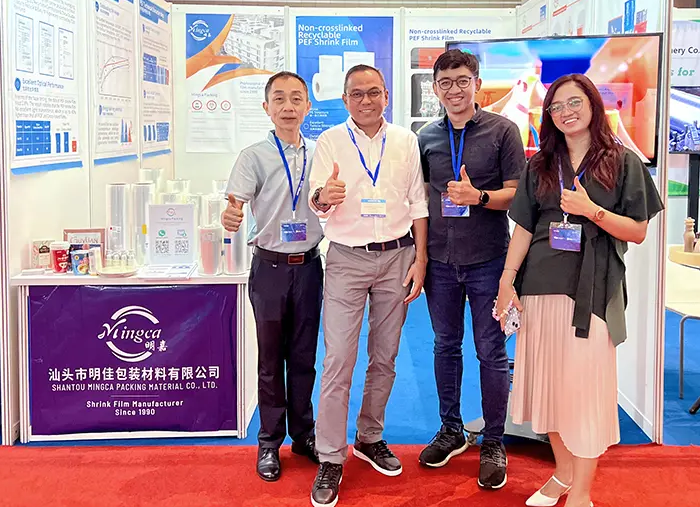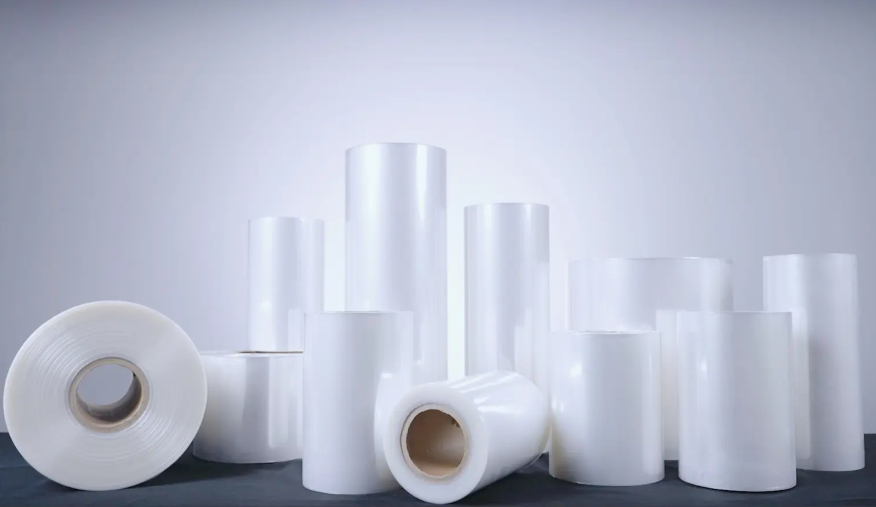Let bottles turn back into bottles, fibers turn back into fibers, and the first year of "plastic primary recycling" begins!
Is "plastic primary recycling" a new word in the area of sustainability?
It is indeed a "new word", but it is by no means a new concept.
Just as its name implies, primary recycling of plastics can extend the life cycle of plastics, reduce energy consumption and carbon emissions, and avoid the waste of resources. In layman's terms, some resources will be damaged or even destroyed in the previous recycling process, and primary recycling is the resource "Go back and forth from wherever you go", depolymerizing waste plastics and then polymerizing them to complete the regeneration of resources for the same purpose, while reducing production energy consumption and avoiding resource waste.

Pic | ChinaReplas2024 The 29th China Plastic Recycling and Recycling Conference
From March 21 to 22, 2024, the 29th China Plastic Recycling and Recycling Conference was held at the Xianglu International Hotel in Xiamen, Fujian.
This conference has been fully shared of primary recycling, technology undertaking, business model construction, and entrepreneurs' response in difficult environments, and Putted forward the general requirements to consolidate and do everything well to create the era of plastic primary recycling.
Since the beginning of this year, relevant national departments have issued a number of policies to promote the recycling and reuse of resources. On March 13, the "Action Plan for Promoting Large-Scale Equipment Updates and Trade-in of Consumer Goods" (hereinafter referred to as the "Action Plan") has been released which issued by the State Council.
Promote the agglomeration and large-scale development of renewable resource processing and utilization enterprises, and guide the gradual withdrawal of inefficient production capacity.
Support the construction of a number of intensive processing industry clusters for renewable resources such as scrap steel, scrap non-ferrous metals, and waste plastics.
Explore and build an information traceability system for the use of recycled plastics, recycled metals and other recycled materials that meets international standards.
Improve import standards and policies for decommissioned power batteries, recycled materials, etc.
It can be knew that the promotion of "plastic primary recycling" is one of the government tasks in 2024, and plastic primary recycling is in need of an upgrade.
Part one:Why should we propose "plastic primary recycling"?

Pic | China’s cumulative annual output of primary form plastic products Data source: China Business Industry Research Database

Pic | China’s plastic product production and plastic waste Data source: Renewable resources V
Primary recycling of plastics helps reduce source pollution of plastics.
Public information shows that as of 2020, China has produced more than 60 million tons of waste plastics, and about 70% has been landfilled or incinerated, causing pollution of groundwater and soil resources and continuing to affect human health. Expanding the application sector of recycled plastics can effectively increase the recycling rate of waste plastics and solve source pollution.
Plastic primary recycling helps reduce dependence on imported oil resources.
In 2021, China's plastics industry will consume 200-400 million tons of oil.
Every ton of waste plastic recycled can replace approximately 0.67 tons of resin raw materials, saving about 1 ton of petroleum resources. At present, China's waste plastic stockpile is about 1 billion tons. The implementation of primary recycling of plastics will help reduce China's dependence on the import of petroleum resources.
Primary recycling of plastics helps reduce carbon emissions across the board.
In 2021, China's primary plastic production will be 110 million tons. Compared with virgin plastic, the carbon emissions of producing 1 kilogram of recycled plastic are only 1.4 kilograms, which can reduce carbon dioxide emissions by 0.9 kilograms, and the carbon reduction ratio up to 39%.
But in addition to the above, there are still many market pain points, and the plastics market is still struggling in the "downgrade cycle". The current "downgrade cycle" in the circulation market refers to a recycling method that causes resource damage and waste. The reason why "bottle" to "bottle" recycling is still extremely difficult is to focus on the following three points:
·Lack of awareness of classification and common discarding
·Lack of standardized recycling system
·Lack of “original” material traceability and technical breakthroughs
Part two:How does environmental protection move from “idea” to “action”?
On March 30, 2022, the European Union released the "EU Sustainable and Circular Textiles Strategy", which prohibits the physical recycling of plastic bottles into textile fibers, aiming to protect the closed-loop recycling system of plastic bottles and promote the primary recycling of plastics.
·The UK implements the “Plastic Packaging Tax”

Goods with plastic packaging weighing more than 10 tons and containing less than 30% recycled plastic are subject to a plastic packaging tax of £200 per ton.
·Italy incorporates 'plastic tax' into annual budget law

The use of plastic bags has been banned since 2013, cotton swabs made of plastic have been banned since 2019, and a tax of 0.45 euros/kg will be levied on disposable plastics for packaging starting in 2021.
·Thailand implements the "Plastic Waste Management Plan 2018-2030"

The goal is to eliminate 4 types of disposable plastics in favor of environmentally friendly renewable materials by 2030.
Additionally, in the New Plastics Economy Global Commitment Progress Report 2023, signatories representing 20% of the global plastic packaging industry increased PCR content at a steady rate for the fifth consecutive year (from 10.0% in 2021 to 11.7% in 2022), is also a commitment to global new plastics (primary circular economy such as bottle-to-bottle, fiber-to-fiber, etc.).









